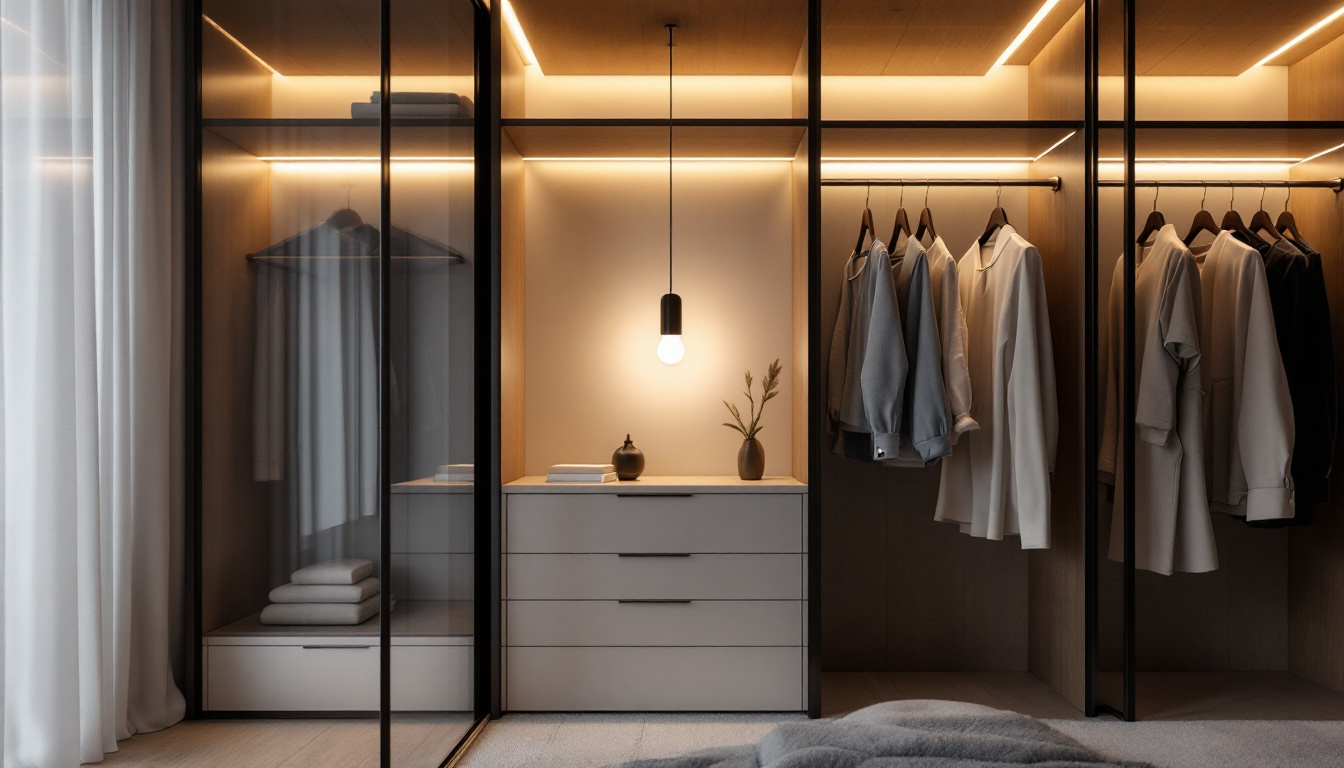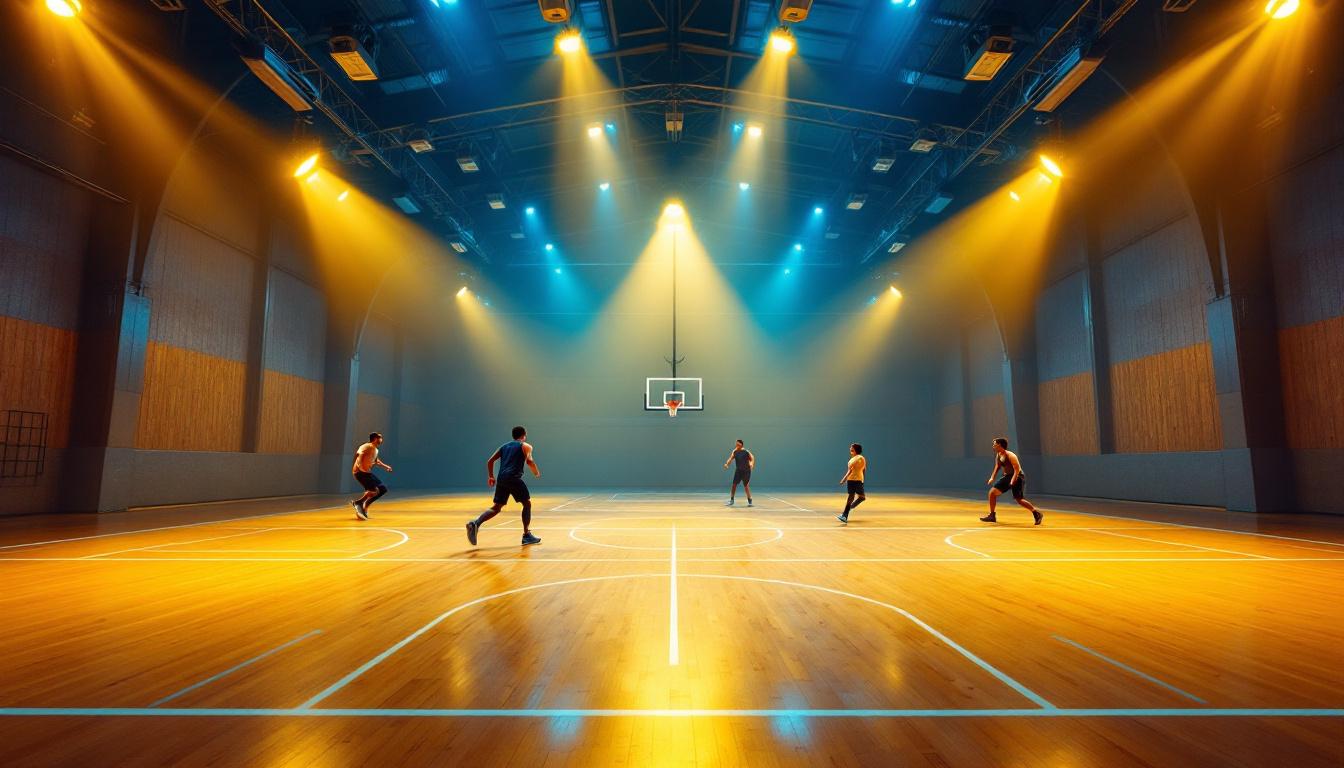
As a lighting contractor, ensuring that every project is executed flawlessly requires a comprehensive approach. One essential tool in your arsenal is the lights-on sensor, which plays a pivotal role in modern lighting systems. This article presents an ultimate checklist to help lighting contractors effectively utilize lights-on sensors, ensuring that installations are both efficient and compliant with industry standards.
Lights-on sensors, also known as occupancy sensors or motion detectors, are devices that automatically control lighting based on the presence of individuals in a space. These sensors enhance energy efficiency, reduce operational costs, and improve user convenience. Understanding how these devices work and their applications is crucial for any lighting contractor.
There are several types of lights-on sensors available in the market, each suited for different applications. The most common types include passive infrared (PIR), ultrasonic, and dual-technology sensors. PIR sensors detect changes in infrared radiation, making them ideal for spaces with predictable movement patterns. Ultrasonic sensors, on the other hand, emit sound waves to detect motion, making them suitable for areas with obstacles or irregular movement.
Dual-technology sensors combine both PIR and ultrasonic technologies, offering a more reliable solution for detecting occupancy. Understanding the strengths and weaknesses of each type allows contractors to select the most appropriate sensor for specific projects. For instance, while PIR sensors are cost-effective and energy-efficient, they may struggle in environments with limited movement or where users remain stationary for extended periods. Conversely, ultrasonic sensors can detect subtle movements, making them ideal for spaces like restrooms or storage areas where people may not be consistently on the move.
Lights-on sensors are versatile and can be employed in various settings, including residential, commercial, and industrial environments. In residential spaces, they can automate lighting in hallways, bathrooms, and garages, enhancing convenience and safety. In commercial settings, these sensors are commonly used in offices, conference rooms, and retail spaces to optimize energy usage and improve the customer experience.
Industrial applications often involve larger areas where motion detection can significantly reduce energy costs. By implementing lights-on sensors in warehouses or manufacturing facilities, contractors can ensure that lights are only active when necessary, leading to substantial savings over time. Additionally, these sensors can enhance workplace safety by ensuring that areas are well-lit when personnel are present, reducing the risk of accidents in dimly lit environments. Furthermore, integrating lights-on sensors with smart building technologies allows for advanced control options, such as scheduling and remote monitoring, providing even greater flexibility and efficiency in lighting management.
Moreover, the growing trend towards sustainability and green building practices has further fueled the adoption of lights-on sensors. As businesses and homeowners become increasingly aware of their carbon footprints, the demand for energy-efficient solutions has surged. By incorporating lights-on sensors into their designs, contractors not only contribute to energy conservation but also align with regulatory standards and certifications aimed at promoting environmentally friendly practices. This alignment can enhance the marketability of their projects, appealing to eco-conscious clients who prioritize sustainability in their purchasing decisions.
Integrating lights-on sensors into lighting designs offers numerous benefits that extend beyond mere convenience. These advantages can significantly enhance the value of a contractor’s services and improve client satisfaction.
One of the most compelling reasons to use lights-on sensors is their ability to promote energy efficiency. By automatically turning lights on and off based on occupancy, these sensors reduce unnecessary energy consumption. This not only lowers utility bills for clients but also contributes to environmental sustainability, aligning with modern energy-saving initiatives.
In commercial buildings, where lighting can account for a significant portion of energy use, the implementation of lights-on sensors can yield substantial savings. Many clients are increasingly conscious of their carbon footprint, making energy-efficient solutions more attractive. Additionally, the integration of these sensors can lead to longer-lasting lighting fixtures, as they reduce the wear and tear associated with constant use. This not only saves money on replacements but also minimizes waste, further enhancing the environmental benefits of adopting such technology.
Lights-on sensors also enhance safety and security in various environments. In residential settings, they can illuminate pathways and entry points when someone approaches, reducing the risk of accidents. In commercial and industrial spaces, these sensors can deter unauthorized access by ensuring that areas are well-lit when occupied.
Moreover, the presence of automated lighting can create a sense of security for employees and customers alike, fostering a more welcoming atmosphere. Clients often appreciate these safety features, making them an essential selling point for contractors. Furthermore, in emergency situations, such as power outages or natural disasters, lights-on sensors can provide critical illumination, guiding individuals to safety and ensuring that evacuation routes are visible. This added layer of safety can be a significant factor for businesses looking to protect their employees and assets, making lights-on sensors not just a convenience, but a vital component of a comprehensive safety strategy.
While lights-on sensors provide numerous benefits, proper installation is crucial to their effectiveness. Contractors must consider various factors to ensure optimal performance and client satisfaction.
The placement of lights-on sensors is critical for maximizing their effectiveness. Contractors should evaluate the layout of the space and determine the best locations for sensor installation. Factors such as the height of ceilings, potential obstructions, and the typical movement patterns of occupants must be taken into account.
For instance, in a large conference room, multiple sensors may be necessary to ensure complete coverage. On the other hand, smaller spaces may only require a single sensor. Proper placement not only enhances the sensor’s functionality but also prevents unnecessary false triggers, which can lead to frustration for users.
Wiring and connectivity are essential aspects of lights-on sensor installation. Contractors must ensure that the sensors are correctly wired to the lighting system and that all connections are secure. This includes verifying that the sensors are compatible with the existing electrical infrastructure.
In addition, contractors should consider integrating sensors with smart lighting systems, allowing for remote control and monitoring. This added feature can greatly enhance the user experience and provide clients with greater control over their lighting environments.
Once the installation is complete, thorough testing and calibration of lights-on sensors are necessary to ensure optimal performance. This step is often overlooked but is crucial for providing clients with a reliable lighting solution.
Functional tests involve verifying that the sensors respond correctly to occupancy. Contractors should simulate movement in the sensor’s coverage area to ensure that lights turn on and off as expected. This process helps identify any issues with sensor placement or configuration.
Additionally, it is essential to test the sensors under different conditions, such as varying light levels and temperatures, to ensure consistent performance. Conducting these tests not only guarantees functionality but also builds trust with clients, showcasing a commitment to quality workmanship.
Calibration involves adjusting the sensitivity and timing settings of the lights-on sensors. Each environment is unique, and contractors must tailor these settings to meet the specific needs of the space. For example, in a high-traffic area, a shorter delay time may be appropriate, while quieter spaces may benefit from longer delays.
Proper calibration ensures that sensors operate efficiently, reducing the likelihood of false triggers and enhancing user satisfaction. Providing clients with a well-calibrated system demonstrates professionalism and attention to detail.
Like any technology, lights-on sensors require ongoing maintenance to ensure longevity and optimal performance. Lighting contractors should educate clients on the importance of regular maintenance and offer support services as part of their overall package.
Conducting regular inspections of lights-on sensors is essential for identifying potential issues before they become significant problems. Contractors should recommend a maintenance schedule that includes checking for dust buildup, verifying sensor alignment, and testing functionality.
During inspections, contractors can also assess the overall lighting system, ensuring that all components are in good working order. This proactive approach not only extends the life of the sensors but also enhances client satisfaction by minimizing disruptions.
Educating clients about the operation and benefits of lights-on sensors is crucial for ensuring their satisfaction. Contractors should take the time to explain how the sensors work, how to adjust settings, and the importance of regular maintenance.
Providing clients with user manuals and offering training sessions can empower them to make the most of their lighting systems. This level of support fosters trust and can lead to repeat business and referrals.
In the ever-evolving world of lighting design, lights-on sensors stand out as a vital component for modern installations. By understanding their functionality, benefits, and installation considerations, lighting contractors can enhance their service offerings and deliver exceptional value to clients.
The ultimate checklist for lights-on sensors encompasses everything from understanding the types and applications to ensuring proper installation, testing, and maintenance. By following these guidelines, contractors can ensure that their projects are not only successful but also contribute to energy efficiency, safety, and user satisfaction.
As the demand for smart and sustainable lighting solutions continues to grow, staying informed and adapting to new technologies will be key for lighting contractors. Embracing lights-on sensors is a step in the right direction, paving the way for innovative and efficient lighting solutions that meet the needs of today’s clients.
Ready to elevate your lighting installations with the most efficient lights-on sensors on the market? Look no further than LumenWholesale, where we provide contractors with the highest quality, spec-grade lighting products at unbeatable wholesale prices. Say goodbye to local distributor markups and hello to our extensive selection that meets rigorous industry standards. With LumenWholesale, you can expect reliable, high-performance lighting that aligns with your commitment to energy efficiency, safety, and client satisfaction. Plus, with free shipping on bulk orders, you can stock up on premium lighting solutions at the best value — all without hidden fees or compromises. Don’t miss out on the perfect blend of quality, affordability, and convenience. Visit LumenWholesale today and discover the difference for yourself!

Discover how to enhance your closet lighting with a pull chain system that stands the test of time.

Discover how the best motion sensor lights for outdoor use are revolutionizing the lighting industry and boosting contractors’ profits.

Discover the top benefits of barn basketball court lighting for contractors, including enhanced safety, energy efficiency, and cost savings—boost your projects today!.

Discover how the Work Lights 48 LED 5000 Kelvin Shop can revolutionize your lighting installations, enhancing efficiency and boosting profitability.